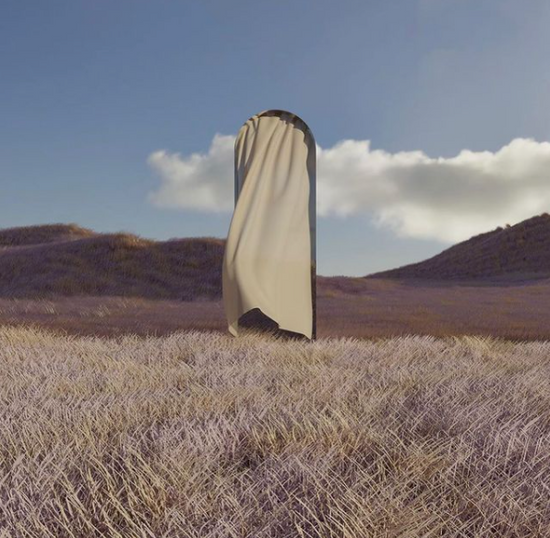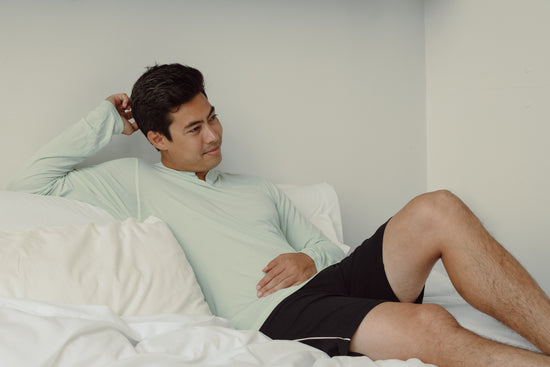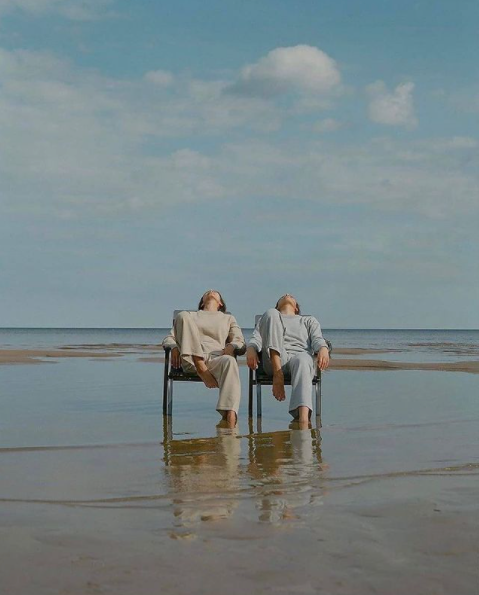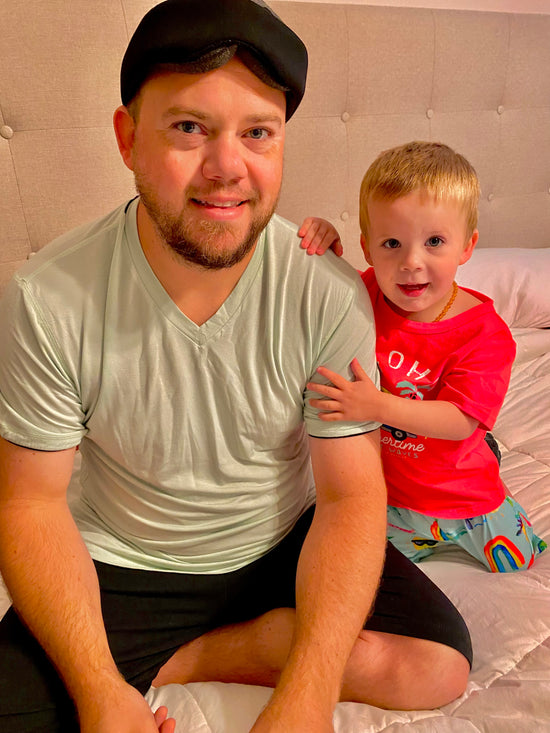What to wear to sleep, according to science
We know, you’ve probably been sleeping in the same few pairs of old boxers, boxer briefs, gym shorts and ratty t-shirts for years, and never gave it a second thought. But maybe it’s time to take another look. The right sleepwear not only feels (and looks) better, but can actually help you get deeper, healthier sleep too.
Let’s look at what you should be sleeping in for the best sleep, according to science.
Material matters. Cotton isn’t always the best for sleep.
Those old gym shorts and boxers might feel comfortable enough, but today there are new modern fabrics that are much softer to the touch, more breathable, more thermoregulating, and more sustainable than classic cotton. In essence, they’re better for sleep, feel better, and are better for the environment.
These modern materials include natural fabrics made from plants like modal (made from regenerative beech trees), as well as fabrics made from bamboo, eucalyptus, and others.
These natural, sustainable fabrics feel great on the skin, and keep you cool and dry, for a better night’s sleep.
Loosen up. Never wear tight clothes, like boxer briefs, to sleep.
Lots of guys sleep in boxer briefs, but it might not be the best choice. While they stay in place nicely, they can limit circulation and breathability, especially to your nether regions that need a little breathing room. Tight clothes have also been linked to reduced melatonin, which can mean less restful sleep.
Socks - yes socks - can help you sleep.
Most guys would never think of sleeping with socks unless they’re camping in a tundra. But there’s been recent debate on the subject. A recent video of a sleep doctor recommending socks for sleeping went viral, with plenty of heated debate. But the verdict is in: wearing socks to bed can help improve your sleep.
“Wearing socks keeps your feet warm and this opens up the blood vessels that cool the body down," said Dr. Andrade. “The body being cool tells the brain that it’s time for bed. So, actually, people that wear socks tend to fall asleep faster.” The science behind wearing socks in bed seems like it should work in reverse, but Dr. Andrade is not the first to make this claim — other studies have shown the benefits of sock-wearing at night.
A 2018 Korean study observed young adult males sleeping with and without socks. The results found that wearing socks to bed allowed the men to fall asleep faster, awaken less through the night, and sleep longer. Not too shabby.
But not just any sock will do. It shouldn’t be too tight or constricting, as this could limit circulation - the opposite of what you’re trying to do. The ideal sock for sleep should be soft, not too tight, and be made from breathable materials so your feet don’t overheat.
So let’s ditch the old underwear and flannels for bed, and start respecting our sleep with clothes designed to give you the best sleep possible.
Sleep well,
Bedfellow
Citations:
The National Sleep Foundation: What To Wear To Bed
https://www.sleep.org/what-to-wear-to-bed/
Alaska Sleep Clinic
https://www.alaskasleep.com/blog/how-do-your-night-clothes-affect-your-sleep
Korean study
https://jphysiolanthropol.biomedcentral.com/articles/10.1186/s40101-018-0172-z
National Sleep Foundation: Wearing socks to bed: Is it normal?
https://www.sleep.org/wearing-socks-to-bed/
The effects of fabric on sleepwear
https://www.ncbi.nlm.nih.gov/pmc/articles/PMC4853167/
The effects of skin pressure by clothing on circadian rhythms
 Daryl Weber
Daryl Weber










